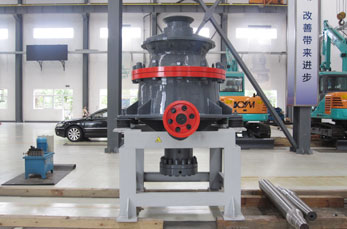The design principles of vibrating screens are crucial for ensuring efficient screening, durability, and optimal performance in various industrial applications. Below is a structured discussion on the key design principles:
1. Purpose & Application
– Material Characteristics: Screen design depends on particle size, shape, moisture content, density, and abrasiveness.
– Industry-Specific Needs: Mining (coarse screening), food processing (fine screening), recycling (tough materials), etc.
2. Types of Vibrating Screens
– Linear Motion Screens: Ideal for fine to medium particles; uniform vibration along a straight line.
– Circular Motion Screens: Best for high-capacity coarse screening; elliptical or circular vibration pattern.
– High-Frequency Screens: Used for fine particles (e.g., dewatering or classification).
– Banana Screens: Multi-slope design for increased efficiency in grading.
3. Key Design Principles
# (a) Excitation Mechanism
– Vibratory Motors/Unbalance Motors: Common in circular motion screens.
– Eccentric Shafts with Counterweights: Used in linear motion screens.
– Electromagnetic Drives: For high-frequency applications.
.jpg) # (b) Screen Deck & Media
# (b) Screen Deck & Media
– Deck Inclination: Affects material flow rate (typically 15°–30° for linear screens).
– Screen Mesh/Media Selection:
– Wire mesh (standard applications).
– Polyurethane panels (longer life, reduced noise).
– Rubber panels (abrasive materials).
– Open Area vs. Accuracy: Higher open area improves throughput but may reduce precision.
# (c) Dynamic Load & Structural Integrity
– Resonance Avoidance: Natural frequency should differ from operating frequency to prevent structural damage.
– Damping Systems: Rubber buffers or springs reduce vibrations transmitted to the frame.
 # (d) Vibration Parameters
# (d) Vibration Parameters
– Amplitude & Frequency:
– High amplitude → better for coarse materials.
– High frequency → better for fine particles.
– G-Force Calculation: Typically 3–5 G’s; higher G-forces improve stratification but increase wear.
# (e) Material Flow & Stratification
– Optimal vibration ensures proper particle stratification and prevents blinding/pegging.
– Adjustable stroke and speed enhance adaptability.
4. Performance Optimization Factors
– Feed




